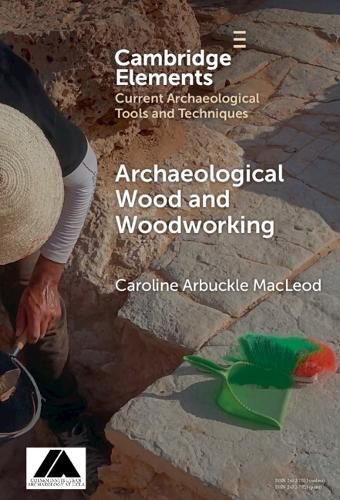Readings Newsletter
Become a Readings Member to make your shopping experience even easier.
Sign in or sign up for free!
You’re not far away from qualifying for FREE standard shipping within Australia
You’ve qualified for FREE standard shipping within Australia
The cart is loading…






Wood is, and always has been, one of the most common and versatile materials for creating structures and art. It is therefore also a ubiquitous element of the archaeological record. This discussion of the study of archaeological wood introduces a number of approaches to the analysis of these organic remains, including a brief overview of wood science, factors that impact the survival of wood materials, wood anatomy, and dendrochronology. These sections are intended to help archaeologists and other interested non-specialists prepare to encounter archaeological woods, and to understand the potential scientific data that these remains could contribute to our understanding of the human past. This is followed by additional approaches from the social sciences. The study of woodworking techniques and toolmarks, combined with ethnoarchaeology and experimental archaeology, can push wood analyses further. A combination of these approaches can help to create a more holistic view of humankind's relationship to wood.
$9.00 standard shipping within Australia
FREE standard shipping within Australia for orders over $100.00
Express & International shipping calculated at checkout
Wood is, and always has been, one of the most common and versatile materials for creating structures and art. It is therefore also a ubiquitous element of the archaeological record. This discussion of the study of archaeological wood introduces a number of approaches to the analysis of these organic remains, including a brief overview of wood science, factors that impact the survival of wood materials, wood anatomy, and dendrochronology. These sections are intended to help archaeologists and other interested non-specialists prepare to encounter archaeological woods, and to understand the potential scientific data that these remains could contribute to our understanding of the human past. This is followed by additional approaches from the social sciences. The study of woodworking techniques and toolmarks, combined with ethnoarchaeology and experimental archaeology, can push wood analyses further. A combination of these approaches can help to create a more holistic view of humankind's relationship to wood.